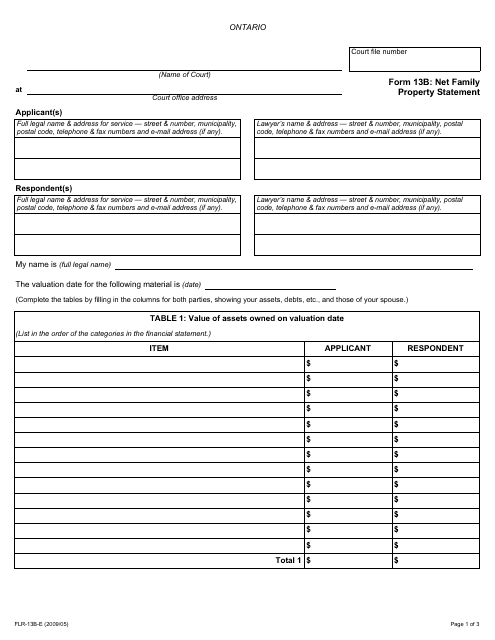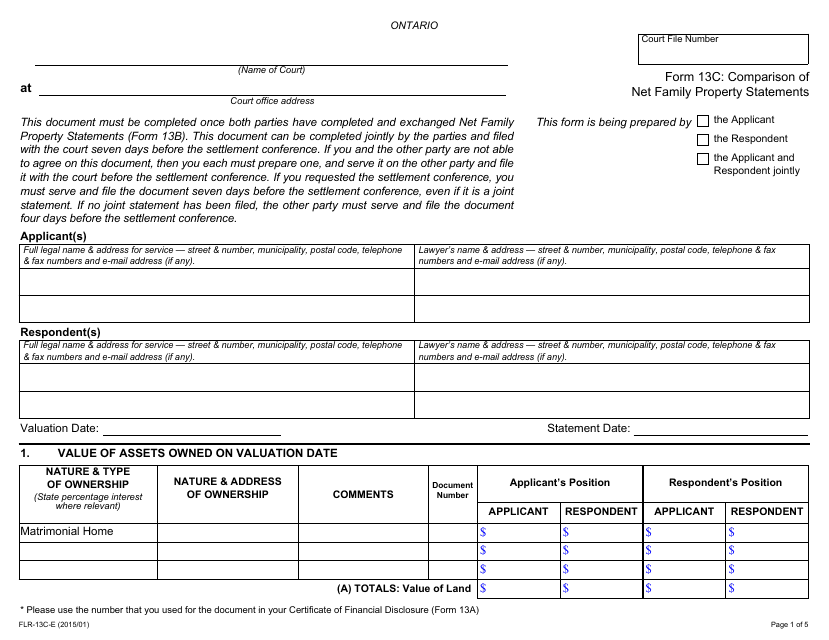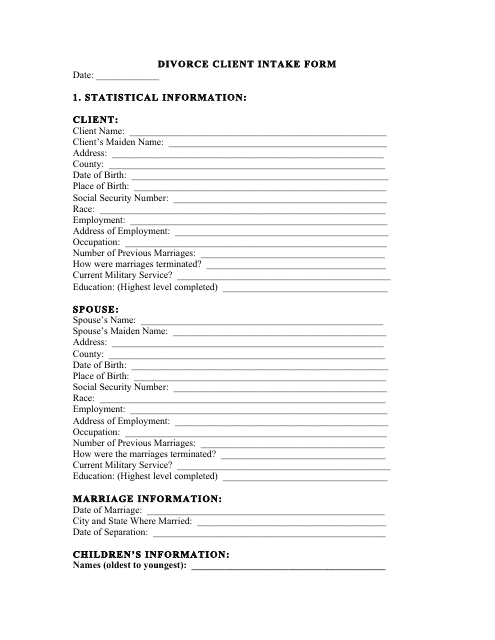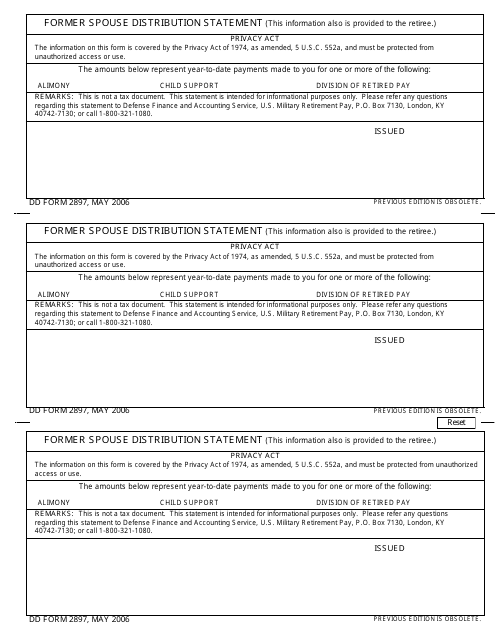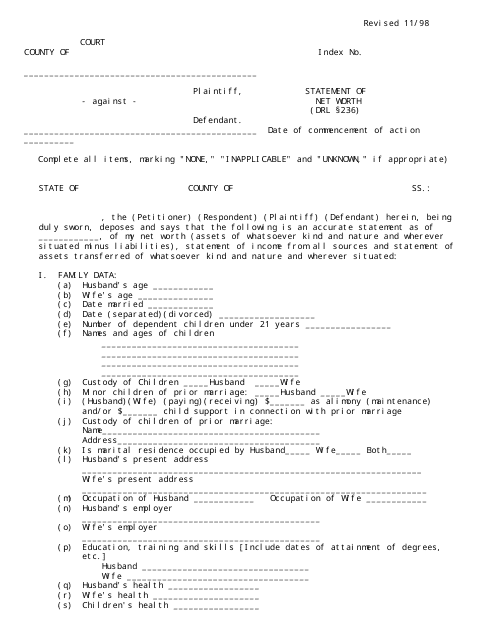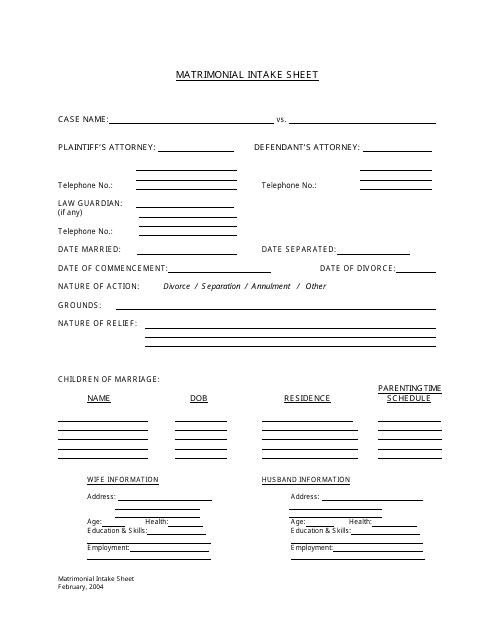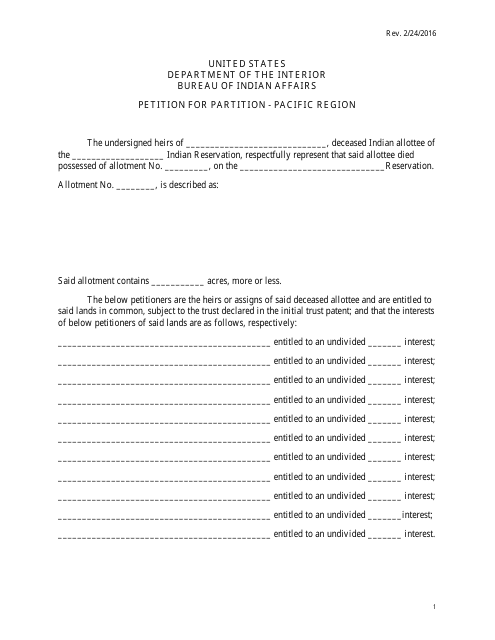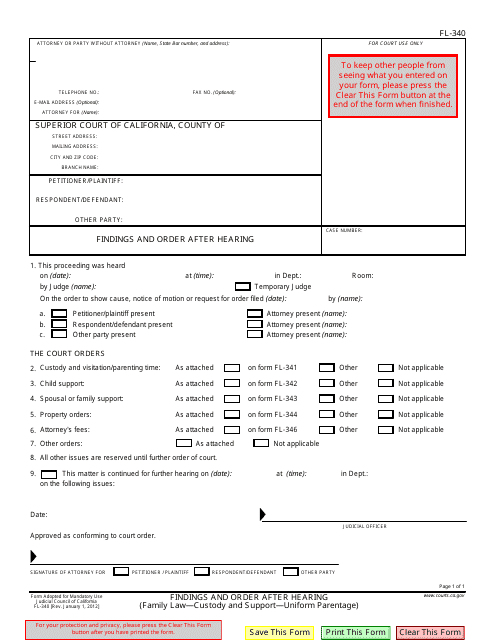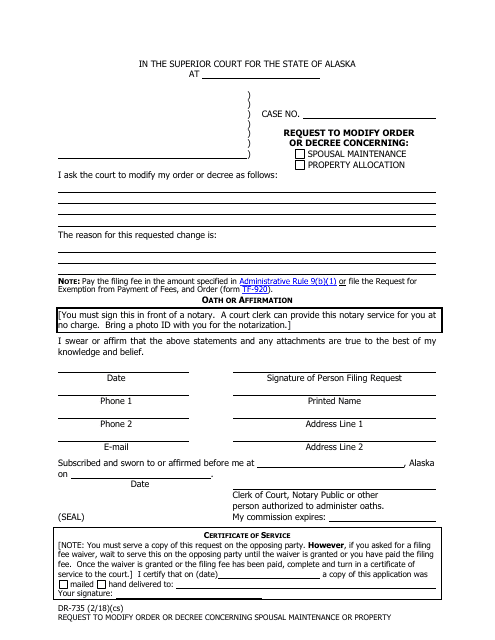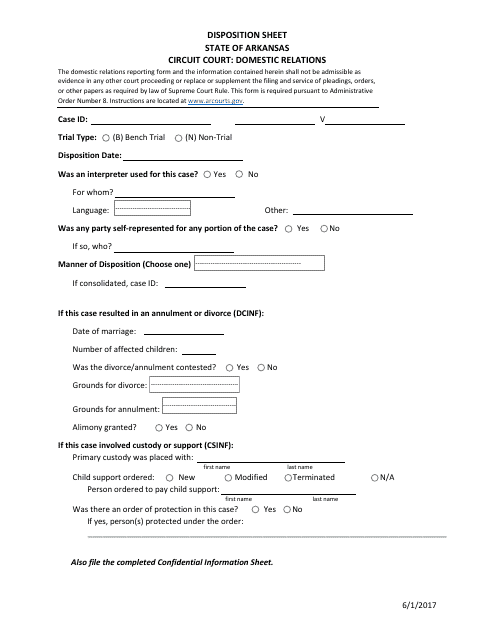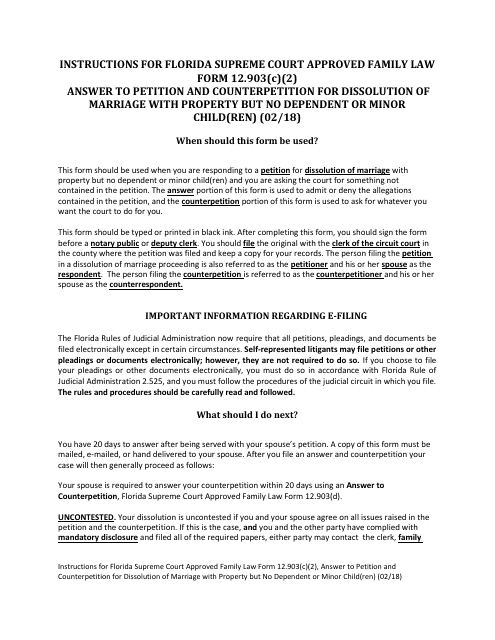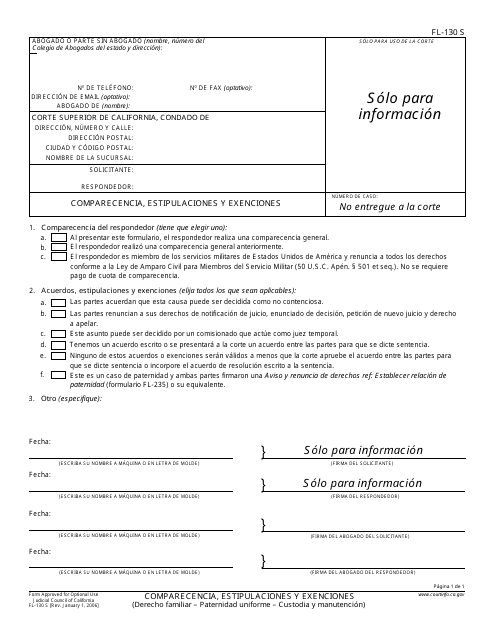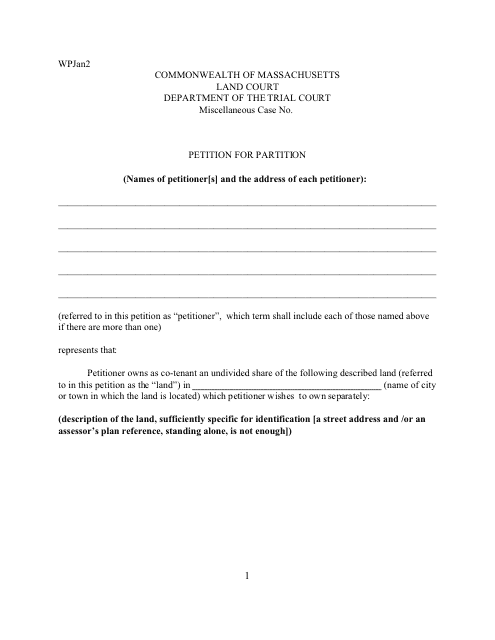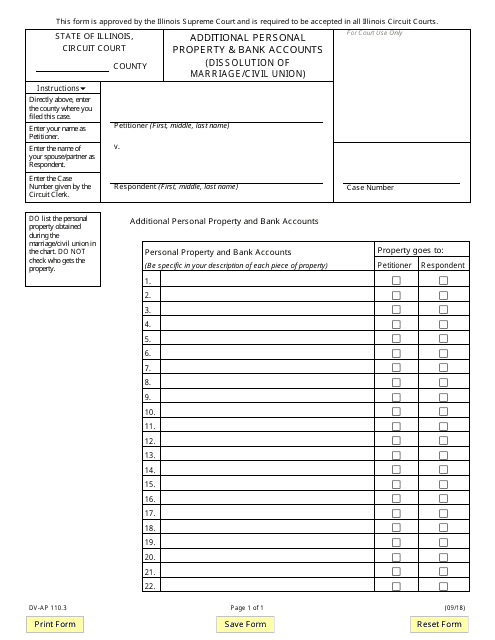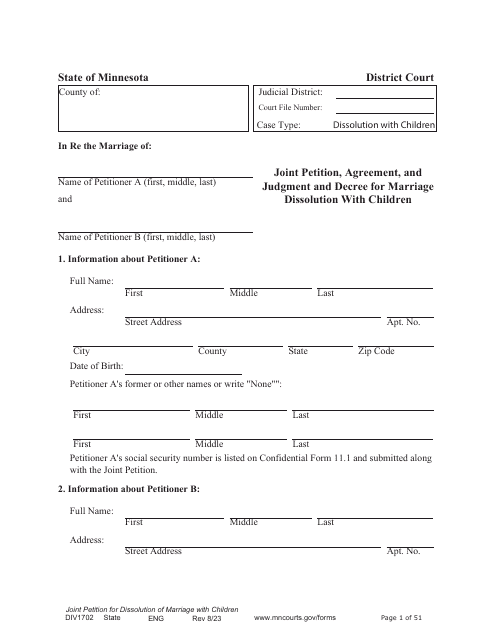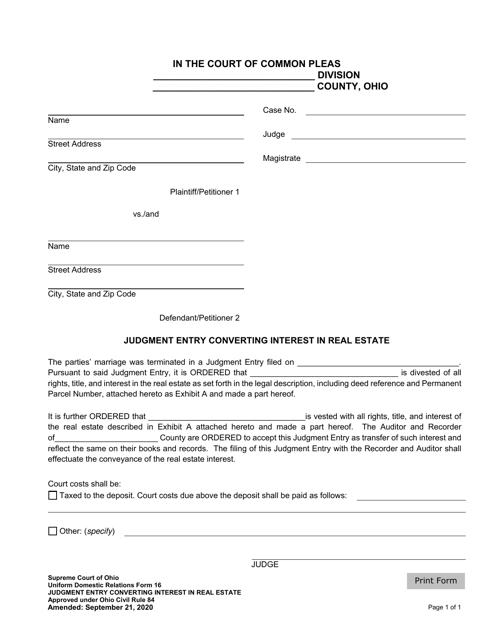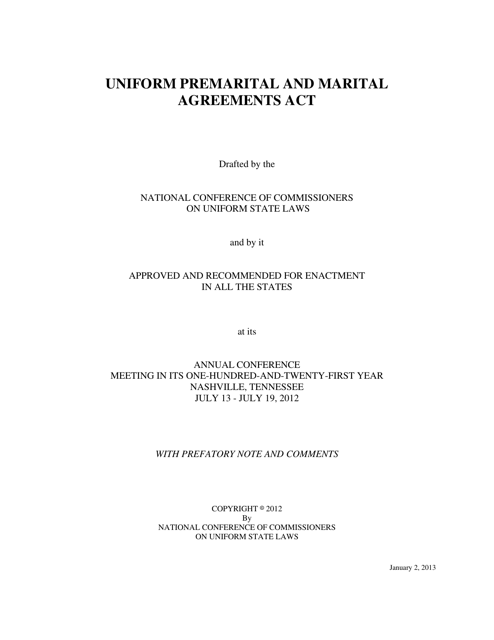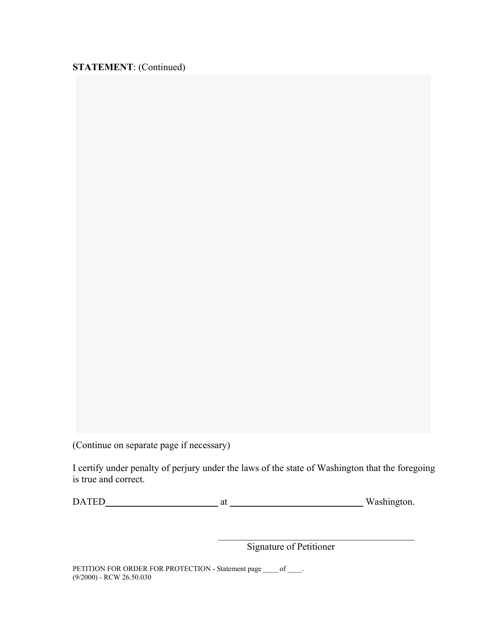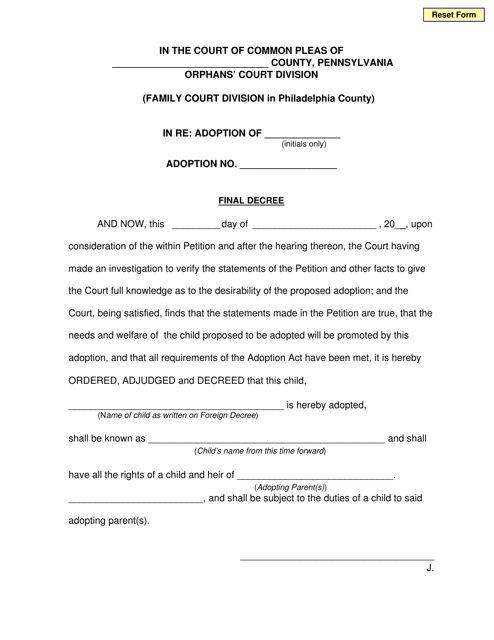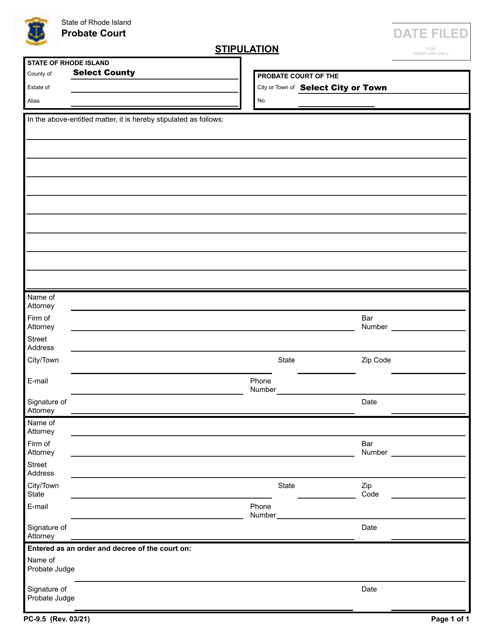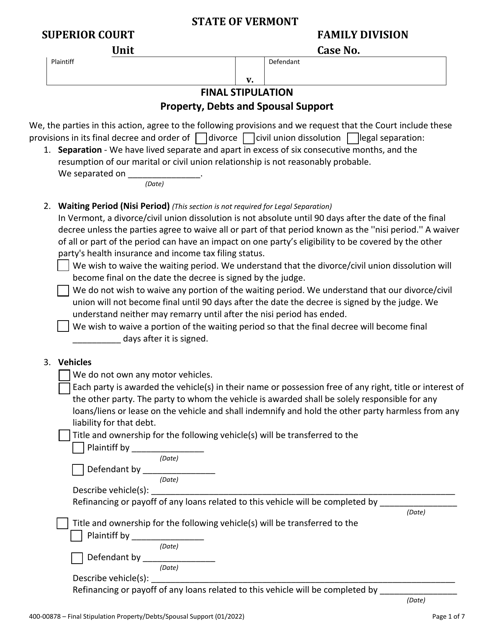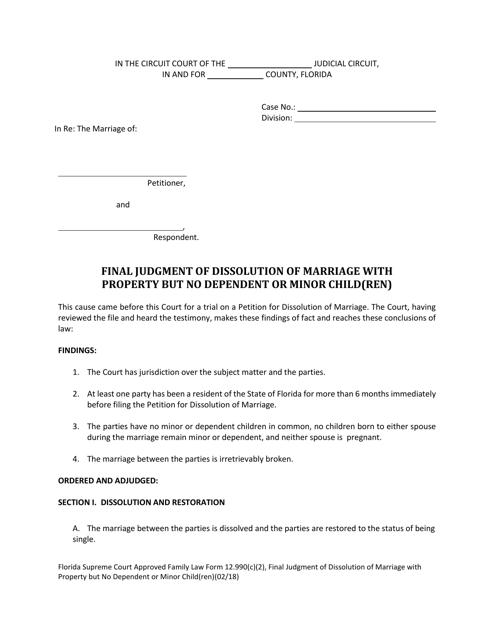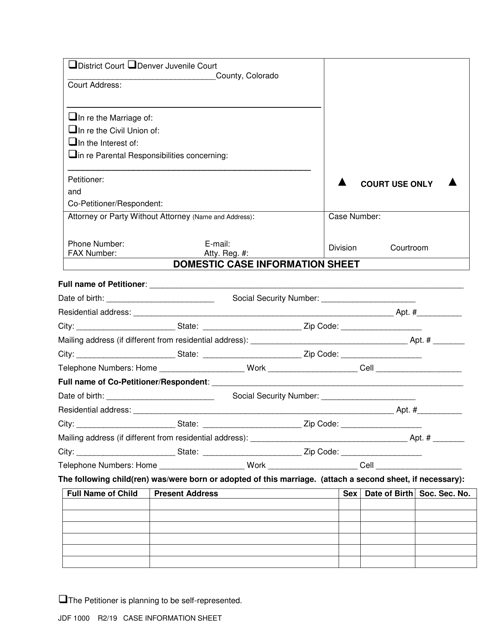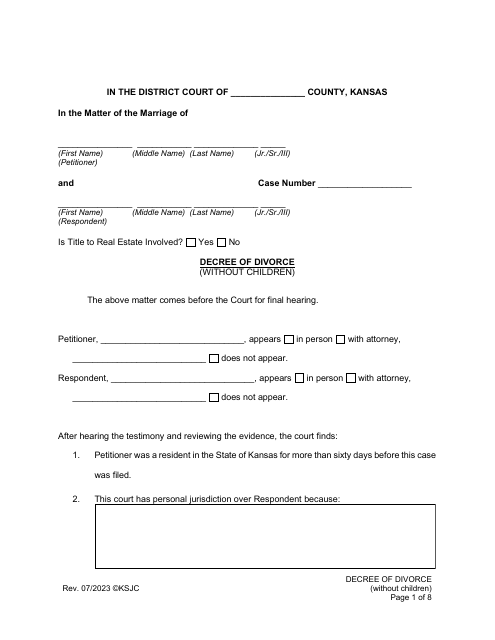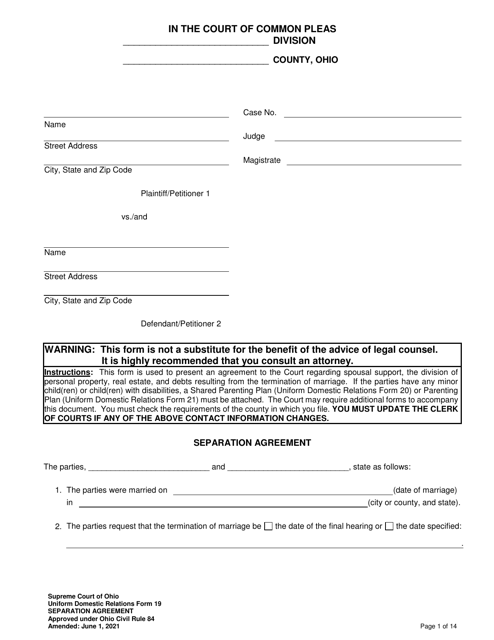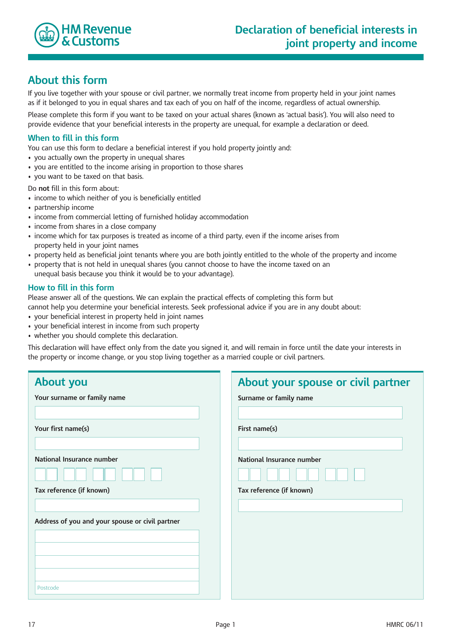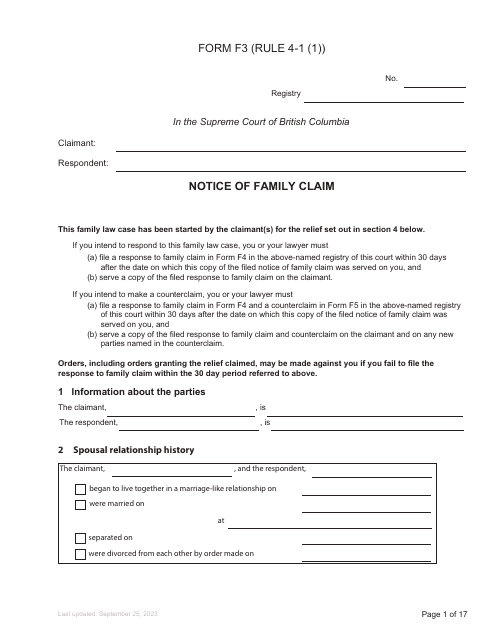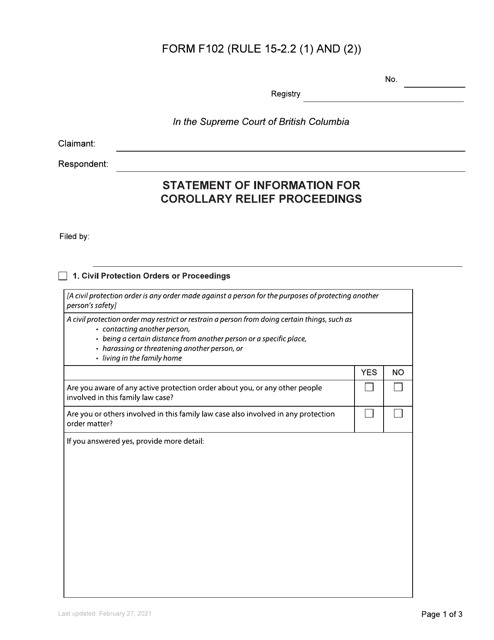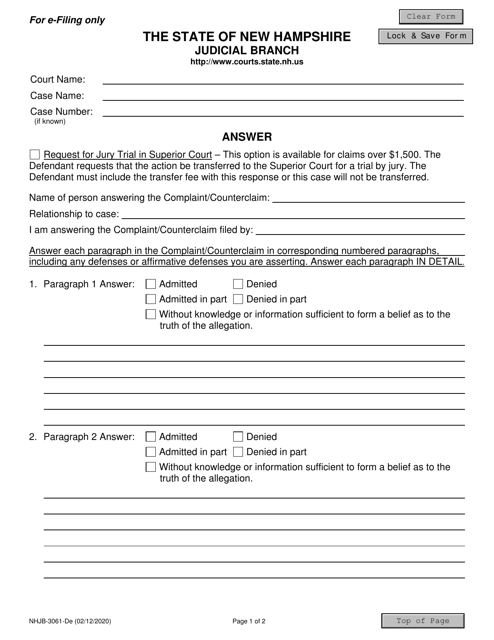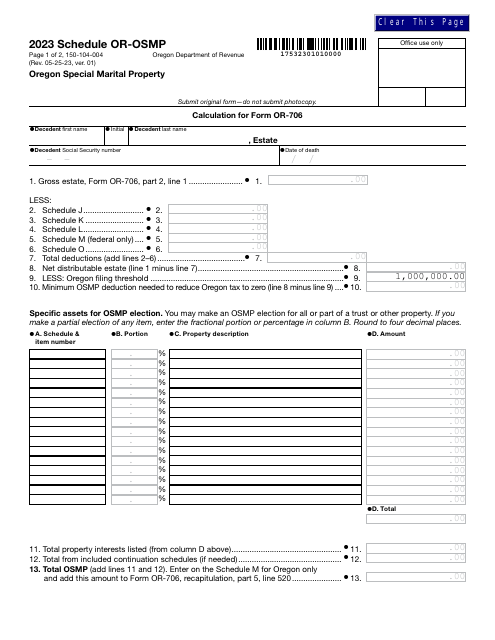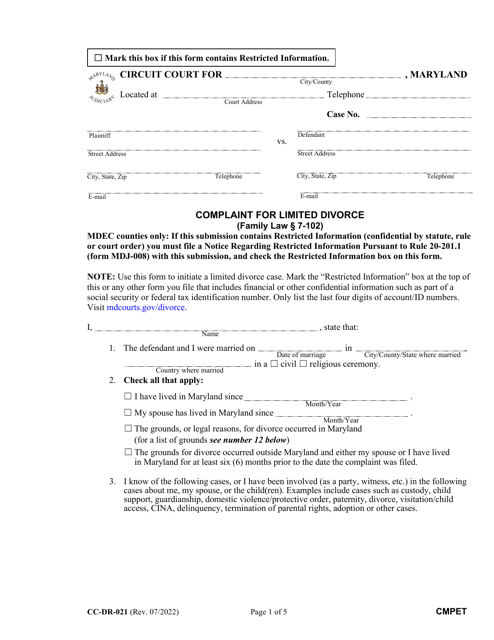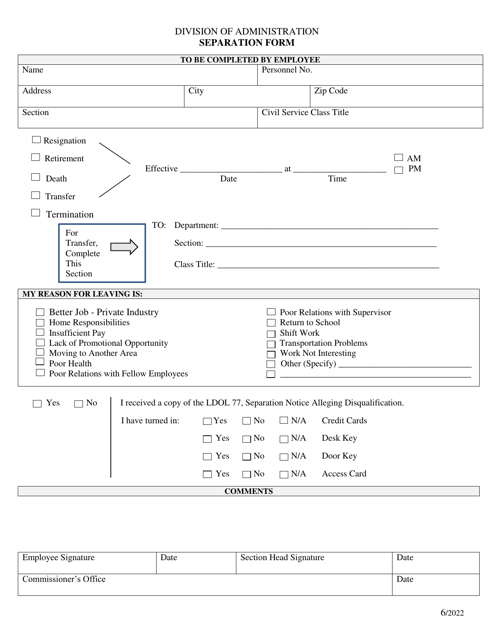Property Division Templates
When going through a divorce or separating from your spouse, one of the most important aspects to consider is how to divide your property and assets. This process, commonly referred to as property division, can be complex and emotionally charged.
Property division involves the fair and equitable distribution of marital property between the two parties involved. It typically includes all assets acquired during the course of the marriage, such as the family home, vehicles, bank accounts, investments, and even debts.
To navigate this process effectively, it's crucial to have the appropriate legal documents in place. Whether you're in British Columbia, Canada, or anywhere else, one such document is the Form F3 Notice of Family Claim, which notifies the court and the other party about your intention to claim a certain portion of the property.
If you're getting married and want to protect your assets in the event of a future divorce, a Prenuptial Agreement Template can help define who gets what in case of a separation. Similarly, if you're already married, a Postnuptial Agreement Template can serve the same purpose.
In the United States, each state has its own laws regarding property division in divorce cases. Examples of important legal documents include the Divorce Settlement Agreement Template in Florida and Indiana, which outline the agreed-upon terms between the separating parties regarding the division of their property.
These templates and legal documents provide clarity and reduce the potential for disputes during the property division process. By having a clear understanding of how property will be divided, both parties can focus on moving forward and starting a new chapter in their lives.
Whether you refer to it as property division or any other name, having the right legal documents in place is essential to ensure a fair and equitable distribution of marital property.
Documents:
118
This form is used for calculating and disclosing the net family property in Ontario, Canada during a divorce or separation.
This form is used for comparing the net family property statements in Ontario, Canada during a divorce or separation.
This form is used for gathering information from clients who are seeking a divorce. It helps legal professionals understand the client's situation and gather relevant details.
This document is used to indicate the distribution of benefits to a former spouse of a military member. It helps ensure that the former spouse receives the appropriate portion of military benefits after a divorce.
This form is used for disclosing and listing all the assets and debts in a divorce case in California. It is required in family law proceedings to ensure transparency and fairness in the division of property and debts between the spouses.
This document is used for disclosing financial information, assets, and liabilities as part of a divorce or separation case in New York.
This document is used for gathering information about individuals seeking a potential spouse in New York. It collects important details related to personal background, preferences, and expectations.
This document is a petition for the partition of a property or land in the Pacific region. It is used to legally divide the property among multiple owners or heirs.
This form is used for disclosing information related to the Family Law Information Center in California.
This form is used for recording the findings and issuing an order after a court hearing in the state of California.
This form is used for requesting a modification to a court order or decree regarding spousal maintenance or property allocation in Alaska.
This document records the decisions and outcomes of domestic relation cases in Arkansas. It provides a summary of the court's ruling regarding issues such as child custody, visitation rights, and spousal support.
This document is used for responding to a petition for divorce and filing a counterpetition when there is property involved but no dependent or minor children in a divorce case in Florida.
This type of document is the FL-130 S Form used for appearances, stipulations, and exemptions in California family law cases.
This document is used for filing a petition for partition in the state of Massachusetts. It allows co-owners of property to seek a division or sale of the property when they cannot agree on how to manage or use it.
This form is used for filing additional personal property and bank accounts during the dissolution of marriage/civil union in Illinois.
This Form is used for revoking release and forfeiting bond related to domestic relations cases in Michigan.
This document is the Uniform Premarital and Marital Agreements Act, which was created by the Uniform Law Commission. It provides guidelines and regulations for premarital and marital agreements, outlining how these agreements can be legally valid and enforceable. It is a standardized document that aims to ensure fairness and clarity in such agreements.
This form is used for making a DVSTMT (Declaration of Status of Dependents) statement in Washington state.
This document is a final court order that officially ends a divorce case in the state of Pennsylvania.
This form is used for obtaining a final judgment of dissolution of marriage in the state of Florida when there is property involved but no dependent or minor child.
This Form is used for providing information about a domestic case in the state of Colorado.
This form is used for filing a statement of property and debt and proposing a separation agreement in dissolution of marriage cases in the state of Missouri.
The purpose of this declaration is to inform the appropriate government authority that joint owners would like to change the portion of the income from their property for tax purposes.
This Form is used for providing statement of information in corollary relief proceedings in British Columbia, Canada.
This Form is used for answering a legal complaint in the state of New Hampshire.

